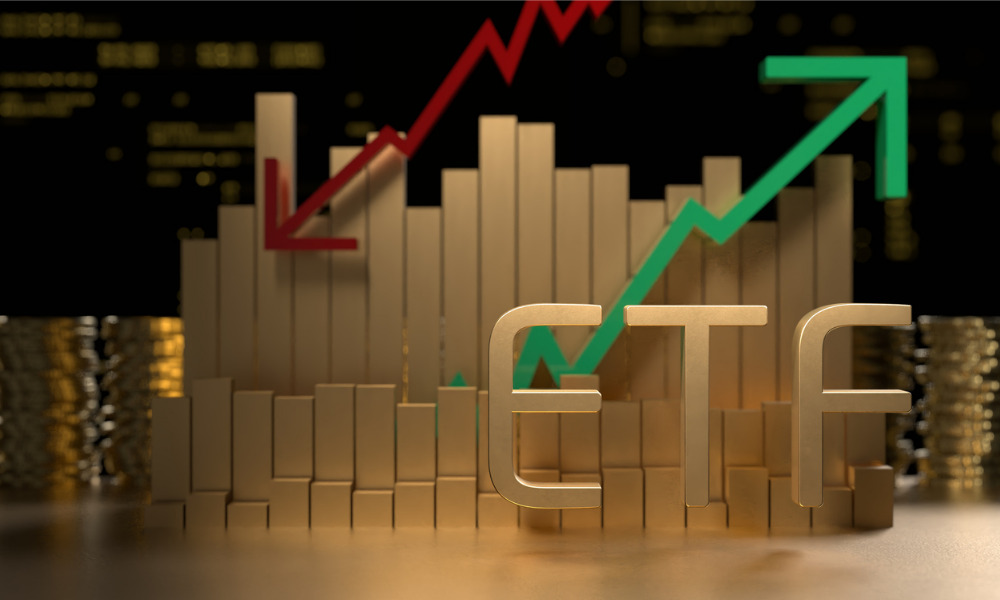Strong US economic and inflation statistics raise expectation for more rate hikes

While strong US economic and inflation statistics fuelled anticipation for more rate rises, investors withdrew almost record amounts from corporate bond exchange traded funds in February.
BlackRock data shows that investment-grade and high-yield corporate bond ETFs saw a combined net outflow of $8.3 billion in February. This is the second-largest outflow on record, only surpassed by a single surge in June of last year, when $9.7 billion was withdrawn out of the sector.
“We came into February with risk on and with credit and high yield in particular in high demand,” said Todd Rosenbluth, head of research at VettaFi, a New York-based consultancy, after corporate bond ETFs took in $15bn in January.
The amount of corporate bond ETFs sold in February was comparable to the combined $10.2 billion taken from those same ETFs in February and March 2020, when markets were hammered by the start of the Covid crisis. Instead, investors sought safety in government bond ETFs, mostly US Treasury funds, which sucked in a net $10.9 billion.
“In the US, investors came in with optimism that the Federal Reserve would stop raising interest rates,” Rosenbluth said. But he added that the strength of US economic data means “there is an expectation that rate rises are going to continue in the coming months, and therefore there has been a flight to quality, in particular short-duration Treasury products.”
While two-year Treasury yields jumped 61 basis points to 4.82% in February and have subsequently soared above 5% for the first time since 2007, markets are currently pricing in a peak for US interest rates of roughly 5.5%, 50 basis points higher than at the start of February.
Against the backdrop, Karim Chedid, head of investment strategy for BlackRock’s iShares arm in the Emea region, said “credit flow momentum unwound in February”, as spreads widened, with “the higher the duration sensitivity, the more the hit.”
The pattern was “reminiscent of March of 2020 when the global economy went sharply down because of Covid”, Rosenbluth said. “The iShares fixed income suite of products is widely used by institutional investors and short-term traders. They can quickly pivot towards or away from ETFs.”
With BlackRock's internal assessment being "overweight short duration but more cautious about longer," Chedid thought the trend may continue for a while.
As emerging market debt ETFs lost $1.5 billion, Chedid noted that there were some positive developments even outside of short term, with investment grade ETFs listed in the Emea region bringing in $1 billion and high yield $200 million.
For the fourth consecutive month, net flows to the global ETF market overall decreased in February to $22.5 billion from $62.6 billion. US-listed funds make up the majority of the $13.6 billion in ETF capital that has poured into European stocks so far this year, with American investors favouring European equity markets for the second consecutive month.
But Chedid was not sure that this was the beginning of a longer-term trend. Cheaper "value" ETFs in the equity market were in demand; the $1.1 billion in inflows marked the seventh straight month of gains.
“Value tends to do well in the early stages of the economic cycle, if investors take the view that early cycle indicators are coming up,” but “also when inflation is higher”, Chedid said. This time around “it’s more to do with it being an inflation hedge.”



